Videos
(also available in German and French, select language top right)
Introducing the tools used in i2connect
The i2connect project aims to enhance advisors' skills in supporting interactive innovation processes. Various tools and methods are available for this purpose. To choose the right tool, consider the problem, context, and questions you face. As an example, the Cynefin model is useful for problem classification, the Double Diamond model for collaboration and goal-setting, the Spiral of Initiatives for project assessment, the Warm and Cold process for managing the energy in a project team, the Circle of Coherence for interaction analysis, the Triangle of Co-Creation for understanding actor roles, and network analysis for actor involvement. Ultimately, supporting interactive innovation also requires the right mindset, focusing on relationship-building, and connecting people. All the tools are available on the project's website for testing and exploration.
Network Analysis - Understanding missing links
Network analysis is a valuable tool for innovative projects. It involves identifying key individuals, partners, factors, and connections to develop your project. It's crucial to focus on people, not organizations, and to find missing links between them. This analysis is most helpful at the project's outset, but can be revisited as needed during the lifetime of a project.
Triangle of Co-Creation - Understanding roles and positions of actors in your project
The "Triangle of Co-Creation" is a model used to understand the roles and positions of actors in innovative projects. It consists of three corners: one with the initiator of an idea, one with a manager, and one with suppliers. The model helps determine whether actors are part of the system or outside of it.
This model reveals which roles are filled and where additional people are needed. A "free actor" can bridge gaps between actors in the network.
Timeline method - reflecting on group dynamic processes
The "Timeline" is a simple tool for reflecting on group processes in innovative projects. It consists of three lines: positive moments, negative moments, and insights. Participants place post-it notes on these lines to mark key moments during the project phases. The timeline helps analyze group dynamics, identify energy fluctuations, and track insights. It is versatile and can be used for various processes, from workshops to long-term projects. It also serves as a basis for creating a learning history or reports.
Circle of Coherence - Understanding interaction in networks
The "Circle of Coherence" is a model for understanding interactions in networks, particularly in innovative projects. It emphasizes the importance of a vital space where interactions are effective. The model consists of four quadrants and helps identify the underlying needs behind specific behaviors of project partners. For example, disinterest may indicate a lack of inspiration, while resistance may reflect a need for recognition. If interactions are deteriorating, understanding these needs and bringing people back into the vital space can improve the project's energy and interactions.
Spiral of Initiatives - Identifying the specific needs of a project
The "Spiral of Initiatives" is a powerful tool for analyzing specific projects and identifying their different phases. It consists of several phases such as inspiration, planning or realization phase.
Advisors play changing roles throughout these phases, from creating informal networks in the idea and inspiration phase to facilitating formal networks during planning and focusing on communication and implementation support during dissemination and embedding.
The tool also relates to warm and cold processes, with warm processes being more critical in the initial phases (idea and inspiration) and during dissemination.
Head stand - Increasing creativity by changing perspectives
To boost creativity in innovative projects, you can use tools like the "Headstand" technique. This approach involves changing perspectives and thinking differently. It encourages innovative thinking by shifting perspectives and finding inspiration in unexpected places.
- Question Reversal: Instead of asking how to reach customers, consider what actions would guarantee not reaching them. Generate ideas for this negative question, and then transform them into positive, innovative approaches. This unconventional method helps create a space for creativity to flourish.
- Analogous Inspirations: Seek inspiration from other contexts with similar challenges or use visual associations to stimulate creativity. Anything that breaks away from your usual thought patterns can enhance creativity during various project phases.
Double Diamond Method - Explore and condense
The "Double Diamond Method" is a framework for innovative projects with two key phases: the problem space and the solution space. It helps streamline the process by ensuring alignment on the problem and the solutions within an innovative project.
- Problem Space: When your team lacks a common understanding or purpose, focus on this phase. Embrace diverse perspectives and expertise, allowing team members to get to know each other. Once this is achieved, close in on a common challenge or problem to address.
- Solution Space: In the second part of the process, the solution space, begin by opening up to various solutions, selecting the best ones, testing them, and then closing in on solutions that gain support from all project participants.
Peer coaching - Integrating the experience of your peers
"Peer Coaching" is a simple method for advisors in innovative projects to tap into the wisdom and experiences of their peers when reflecting on a project:
This method is an easy way to harness the insights and perspectives of peers, generating valuable ideas and solutions for your project's challenges.
Suitable Mindset for interactive innovation
To foster co-creation or "Interactive Innovation," it begins with a mindset of embracing uncertainty, using an iterative process, having confidence in group creativity, learning from failures, having the courage to experiment, practicing empathy and curiosity, managing differing opinions, and creating a trustful framework for collaboration. These aspects are essential for supporting co-creation processes and interactive innovation.
Warm and cold processes
When developing an innovative project, consider both the cold and warm processes. The cold process involves traditional project management steps, such as defining goals and resources. The warm process, on the other hand, starts with people and their ideas, creating networks and building trust. In innovative projects, it's crucial to focus on connecting with people and establishing relationships based on trust and openness. This warm process is not just about using specific methods; it's primarily about mindset and fostering relationships on an equal footing for successful project development and learning from mistakes.
The Cynefin Framework - Context is key to choosing the right approach
The Cynefin framework, developed by Dave Snowden, provides a useful model for agriculture advisors dealing with complex problems. It categorizes contexts into simple, complicated, complex, and chaotic. The framework guides the choice of the right approach based on the nature of the problem. Simple contexts allow for best practices, while complicated contexts may require expertise or research. In complex situations, it's about diversity, integration, and iteration. In chaotic circumstances, immediate action is necessary. Understanding the context and applying the appropriate approach is crucial for effective problem-solving.
https://www.youtube.com/watch?v=LBfEQIcFwNI

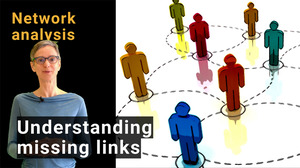


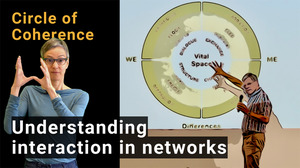
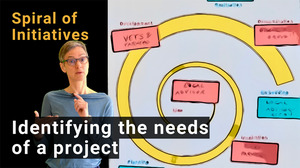
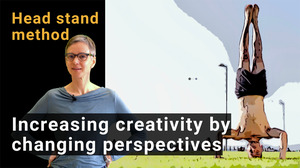
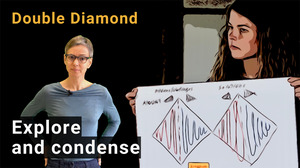
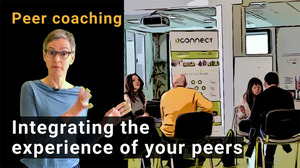
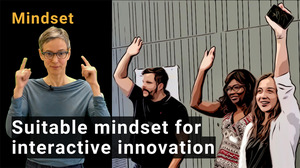
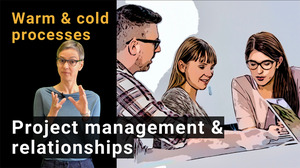
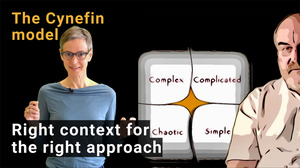
 tap and then scroll down to the Add to Home Screen command.
tap and then scroll down to the Add to Home Screen command.